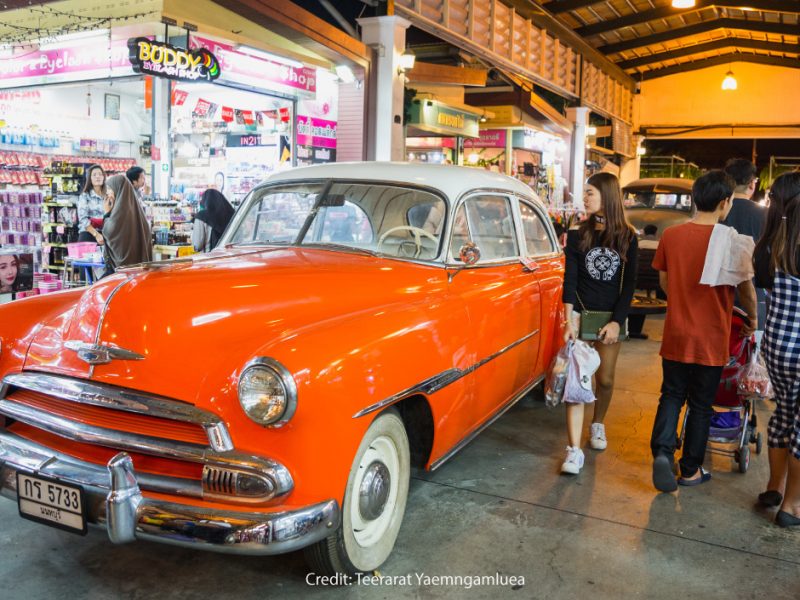Know Your Carbon Footprint
The other day I accidentally overheard a few United Nations staff happily discussing their shopping experience at a local market near my office. One lady excitedly told her friends that a vendor at the market mentioned how she could distinguish UN staff from those from other organizations by the fact that UN staff usually refused plastic bags. I turned around and looked. Indeed, the group of UN staffers were all carrying their own personal shopping bags. As one of the United Nations Sustainable Development Goals is it to take urgent action to combat climate change and its impacts, it is wonderful that UN staffers are taking the environmental cause to heart and implementing the policies. It triggered my environmental conscience and pushed me to be more conscious of my own carbon footprint.
According to the Merriam Webster dictionary, carbon footprint is defined as “the amount of greenhouse gases and specifically carbon dioxide emitted by something (such as a person’s activities or a product’s manufacture and transport) during a given period.” When we drive our cars or cool our house, we create a certain amount of carbon dioxide, commonly known as “CO2”. Looking at the World Bank data on Thailand’s CO2 emissions (metric tons per capita), we are ranked quite well globally, but the data shows an increasing trend.
I was curious to understand my own carbon footprint and through available online tools I learnt that my way of life in cosmopolitan Bangkok resulted in a yearly carbon emissions significantly higher than the world’s average. You can use online tools made available by organizations such as the US Environmental Protection Agency or the World Wide Fund for Nature to see how much carbon your household emits yearly. Travel was a big share of the culprit as I take multiple flights per year as well as my daily commute to work .
Another category in which I was high in was the carbon footprint in my home and in the food I ate. I did not use enough energy saving tools and when I buy food and snacks, they are put in separate plastic bags and containers. I am provided with plastic utensils and have hot drinks in plastic lined paper cups. I eat meat and do not always buy locally sourced products.
I had always thought I was on the low side on the carbon emission scale as I reuse plastic bags, bring my own shopping bags to the supermarket (when I don’t forget), and try to drink coffee in-store to avoid using paper cups. I clearly wasn’t doing enough. Reading up, I was surprised to learn that even the kind of foods we eat affect the carbon footprint we create .
What are some recommended ways to reduce our carbon footprint?
Firstly, the National Geographic recommend making our homes energy efficient. Use energy saving light sources such as LED light bulbs which consume up to 80% less energy than traditional incandescent light bulbs. Keep your house at an average temperature, not too cool in winter or too warm in winter. Replace old appliances with more energy efficient ones.
Secondly, when you travel try to use public or shared transportation. Electric and hybrid cars consume less energy and if you keep your tires inflated, your car would consume even less energy. Also don’t carry extra weight than is necessary. Is there something in the trunk you could remove?
Finally, it’s the food you eat and what you buy at the store. If you buy locally sourced products that are seasonal, it would have required less energy to produce. Don’t buy more food than necessary. Each year wasted food accounts for a large part of carbon dioxide emissions. Try to minimize packaging or buy in bulk. To reduce usage of plastic bottles, refill water bottles. The UK earlier this year came out with a scheme to allow plastic bottles to be filled with water for free at local pubs and restaurants in an effort to reduce waste. UK MPs are also calling for ways to reduce the use of paper cups with plastic linings. Did you know that those cups are extremely difficult to recycle because it is difficult to remove the plastic lining? I had always thought they were environmentally friendly.
I now realize how little I know with regards to what creates carbon footprint. It’s a work in progress and I have much to learn. For the meantime, let’s take action where we can. Let’s track our own carbon footprint and minimize it where we can. Let’s increase environmental conscience and make it fashionable.







